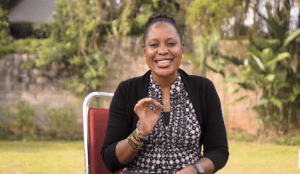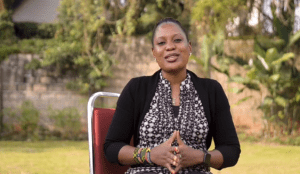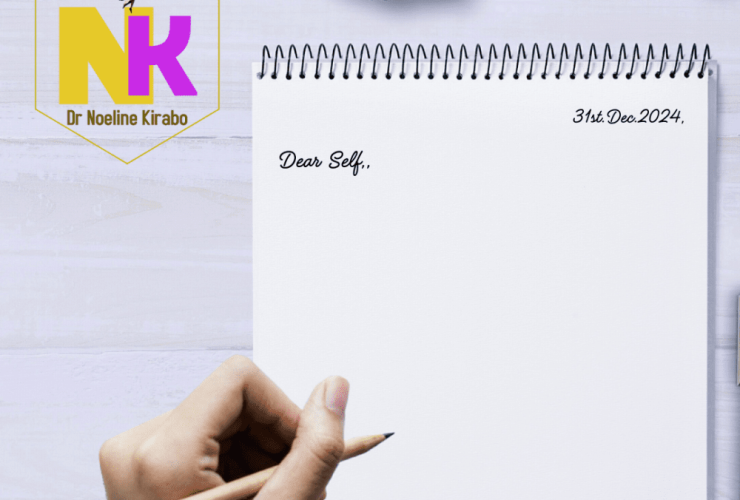When we communicate a message, only 7% of that message is comprised of spoken words, while 38% is related to the tone of voice and 55% consists of body language. In other words, nonverbal language makes up more than 90% of the message communicated.
Scientific research on nonverbal communication began in 1872 with Charles Darwin. Darwin demonstrated that the main expressions displayed by humans are the same throughout the world. He recorded weeping, blushing, anger, sulking, and contempt and looked at the sneer, the pout, and the frown on people’s faces.
Darwin’s book called “The expression of emotion in men and animals” was the first to use photography to demonstrate scientific findings on nonverbal language. Since then, researchers found that body language is trusted over any other elements of communication, particularly over verbal content.
 Body language includes how you and your clients position your body’s when you communicate with each other, how close you are to each other, your facial expressions, eye contact, eye movement, how you each hold objects, how you breathe, perspire, the tone of voice, posture and so much more.
Body language includes how you and your clients position your body’s when you communicate with each other, how close you are to each other, your facial expressions, eye contact, eye movement, how you each hold objects, how you breathe, perspire, the tone of voice, posture and so much more.
There are six generally accepted and genetically based human facial expressions recognized worldwide. These are: happiness, sadness, disgust, surprise, fear, and anger.
We must recognize that without the confirmation from a number of indicators, reading any one element of body language and assuming with certainty that it means anything, can be misleading. We need to consider factors like context, sufficient evidence, culture, ethnicity, age, gender, and even faking deception among other indicators.


Light touch on the arm, can be an attention-getter when it’s done professionally and appropriately, while a nose rub may imply deception.
The use of a barrier like putting the purse in between you and them it often means that their personal space it’s being invaded or that they have trust issues, while keeping their hands under the chin it often means that the decision time has arrived, so they may be ready to take a decision depending on what you are talking about.



If their eyes are generally looking to the left and up they are recalling, retrieving facts, and are truthful.
A tight lips-smile show secrecy or withholding of feelings. Biting their lips means tension.
Their head tilted to one side it’s not threatening, submissive and thoughtful. The palms of their hands being up and open means truthfulness and honesty.
If they’re cracking their knuckles that is a comforting habit and an attention seeker.
Have fun watching all these gestures from now on in everyone you meet. In order to create a meaningful and deep rapport with your clients, it is efficient to use the mirroring technique to build empathy, understanding, and Trust. Doing so with matching body language establishes an unconscious feeling of connection between you and them.


Positioning the shoulders back with the head in line with a neutral spine, in other words not dropping your shoulders forward, and sitting facing the client without invading their space, typically communicates safety.
You should also make sure that your body posture conveys enthusiasm and it’s stress-free. Similarly, the tone of your voice using normal variations in inflection and avoiding monotony will make a huge impact on your level of connection.
Exercise!
As an exercise it would be good to spend a few days paying attention to yourself and carrying various types of conversations at home, at work, and even when you’re shopping or socializing. After you take the time to observe, please answer this question. How can I modify my own body language to create a better first impression that will last?



